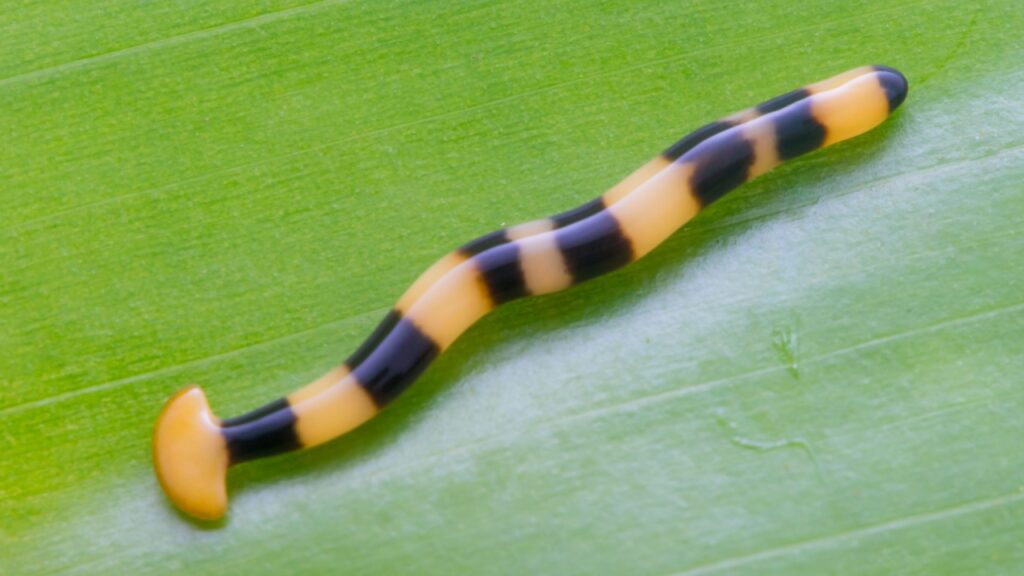The hammerhead worm might sound like a creature from a sci-fi movie, but it’s very real and living among us. These strange, flat worms are invading gardens across the world, bringing with them a host of unusual and sometimes disturbing traits. Let’s dive into the weird world of these alien-like creatures.
They’re Not Actually Worms
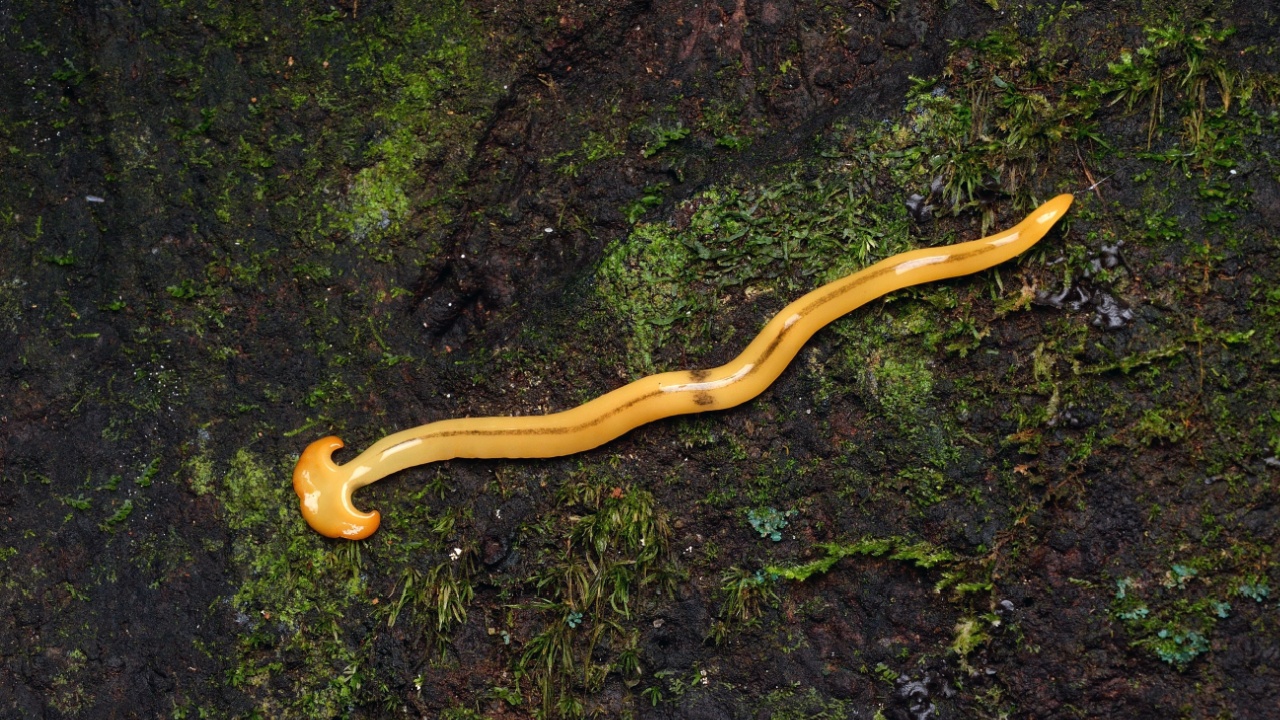
Despite their name, hammerhead worms aren’t worms at all. They belong to a group of flatworms called planarians. These creatures are more closely related to flukes and tapeworms than to earthworms. Hammerhead worms are part of the genus Bipalium, which includes several species of land planarians.
Their Head Looks Like a Hammer
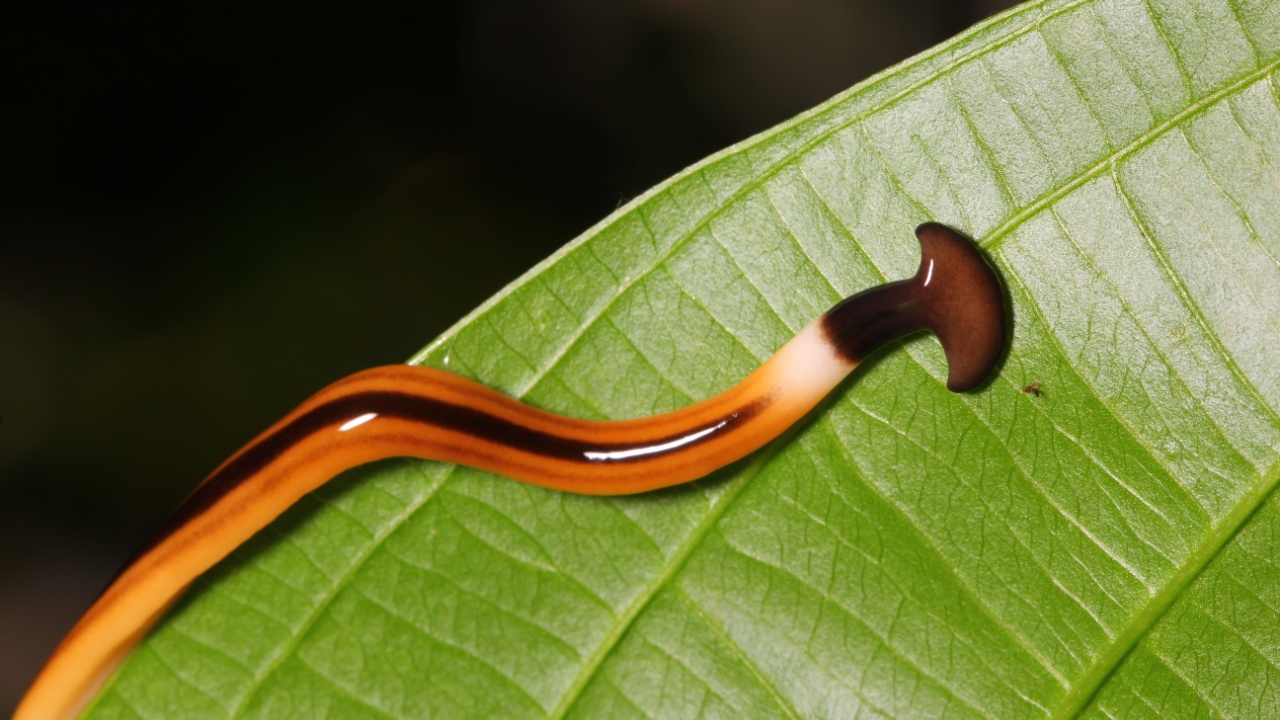
The most striking feature of these creatures is their hammer-shaped head. This unique shape gives them their common name. The head is flattened and wider than the rest of the body, resembling a hammerhead shark. This shape helps them sense their environment and locate prey.
They’re Hunters, Not Decomposers
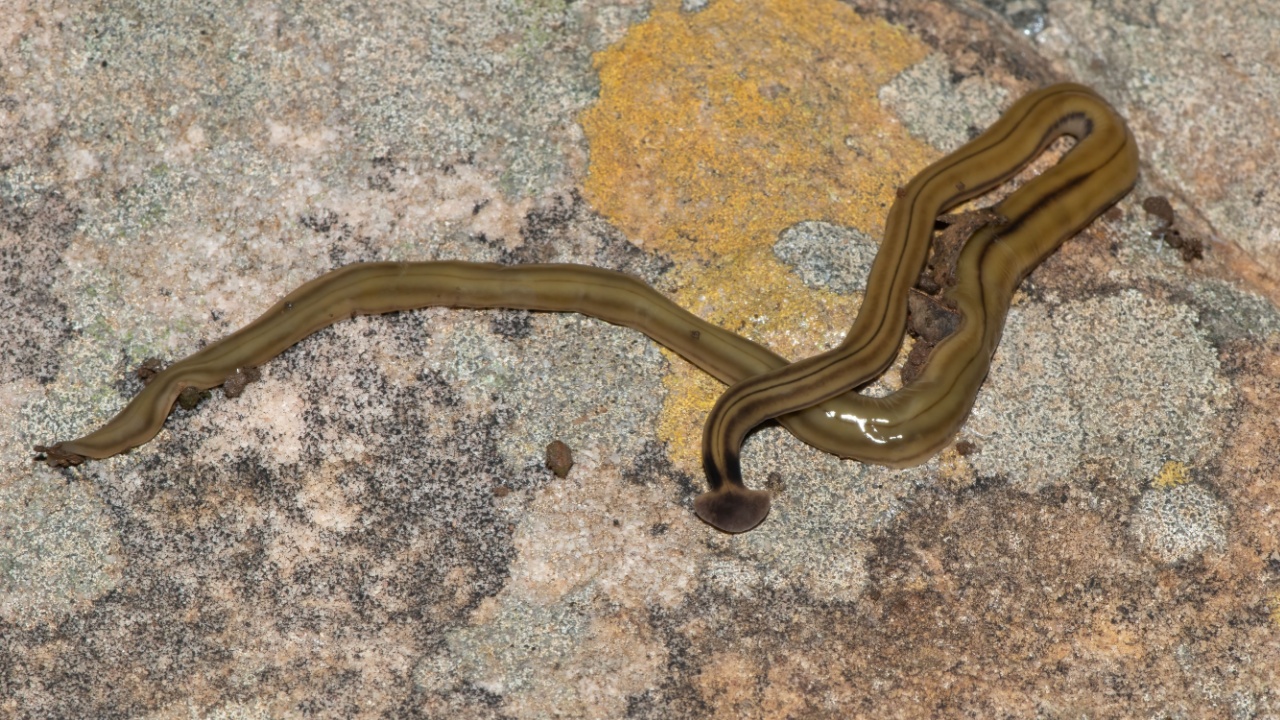
Unlike earthworms that help break down organic matter, hammerhead worms are predators. They hunt and eat other soft-bodied invertebrates, including earthworms. Hammerhead worms track their prey using chemical sensors in their headplate. Once they catch their victim, they wrap around it and secrete enzymes to dissolve and consume it.
They Can Be Huge
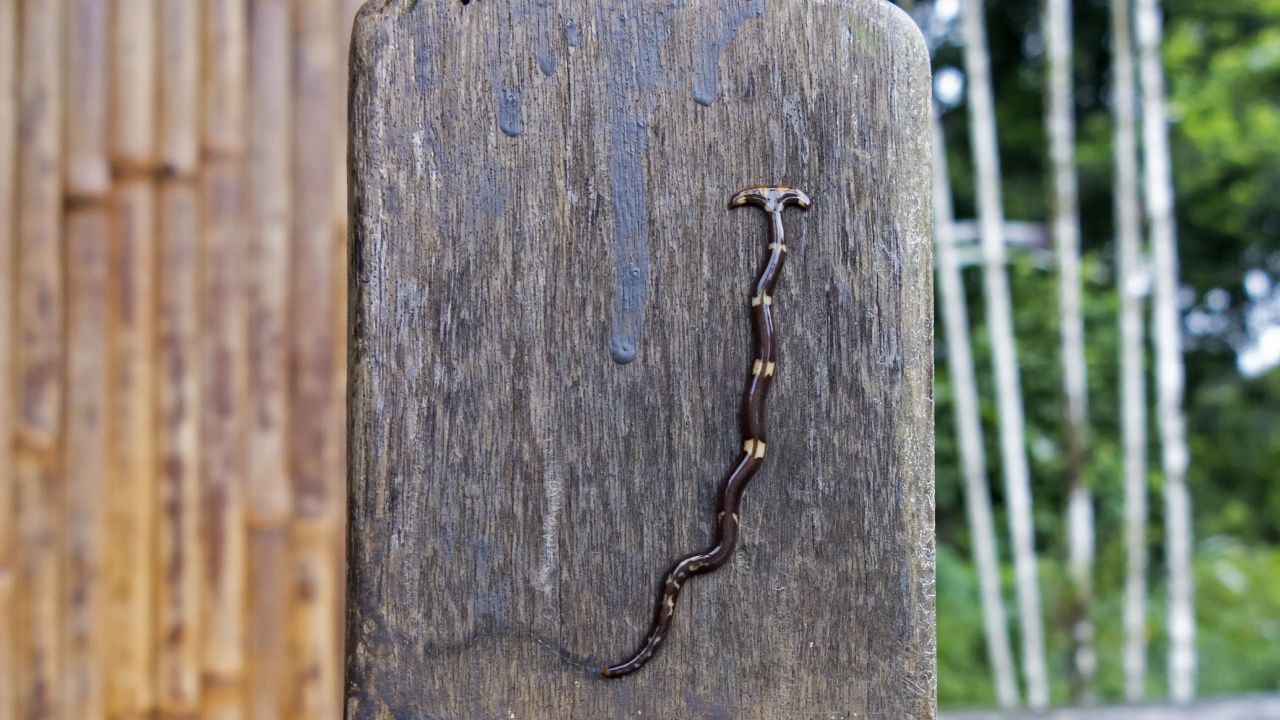
While most hammerhead worms are a few inches long, some species can grow to alarming sizes. The largest species, Bipalium kewense, can reach lengths of up to 40 centimeters (about 16 inches). That’s longer than many snakes! Their size, combined with their unusual appearance, can be quite shocking to unsuspecting gardeners.
They’re Invading Gardens Worldwide
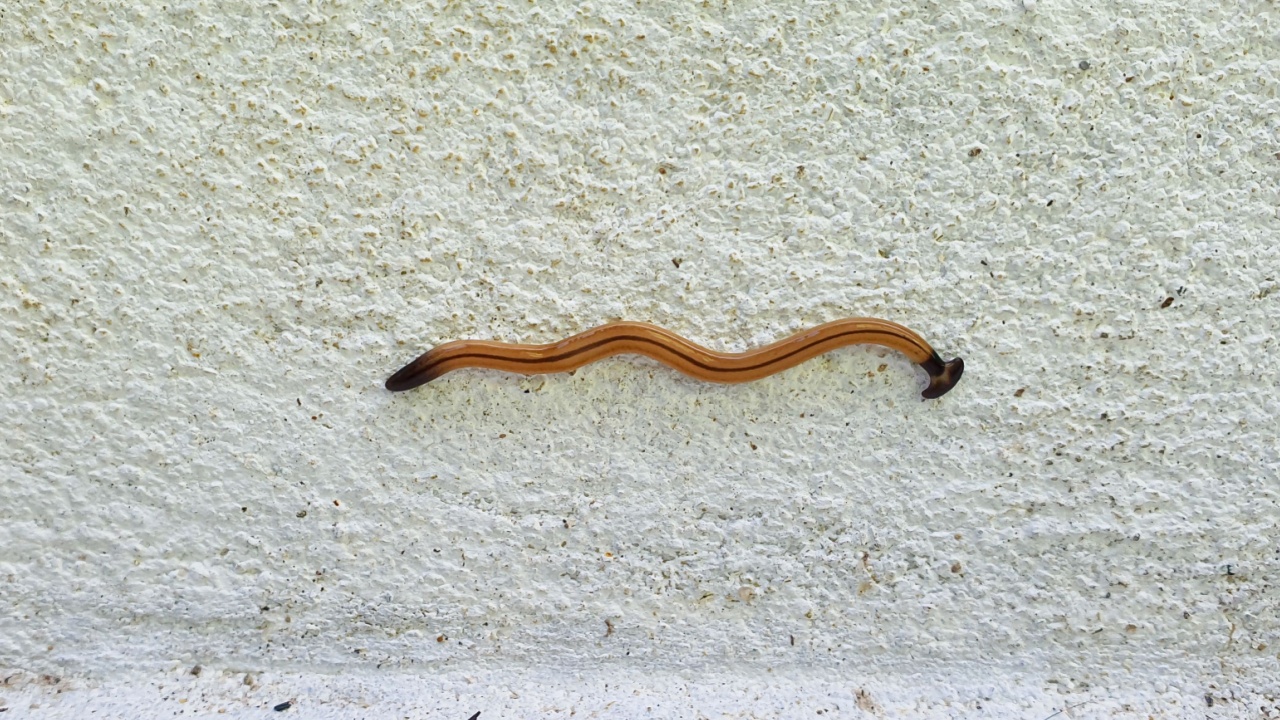
Hammerhead worms are native to Asia, but they’ve become invasive species in many parts of the world. They’ve been found in the United States, Europe, and even on some oceanic islands. These worms often hitch rides in potted plants or soil, spreading to new areas without anyone noticing.
They’re Nearly Immortal
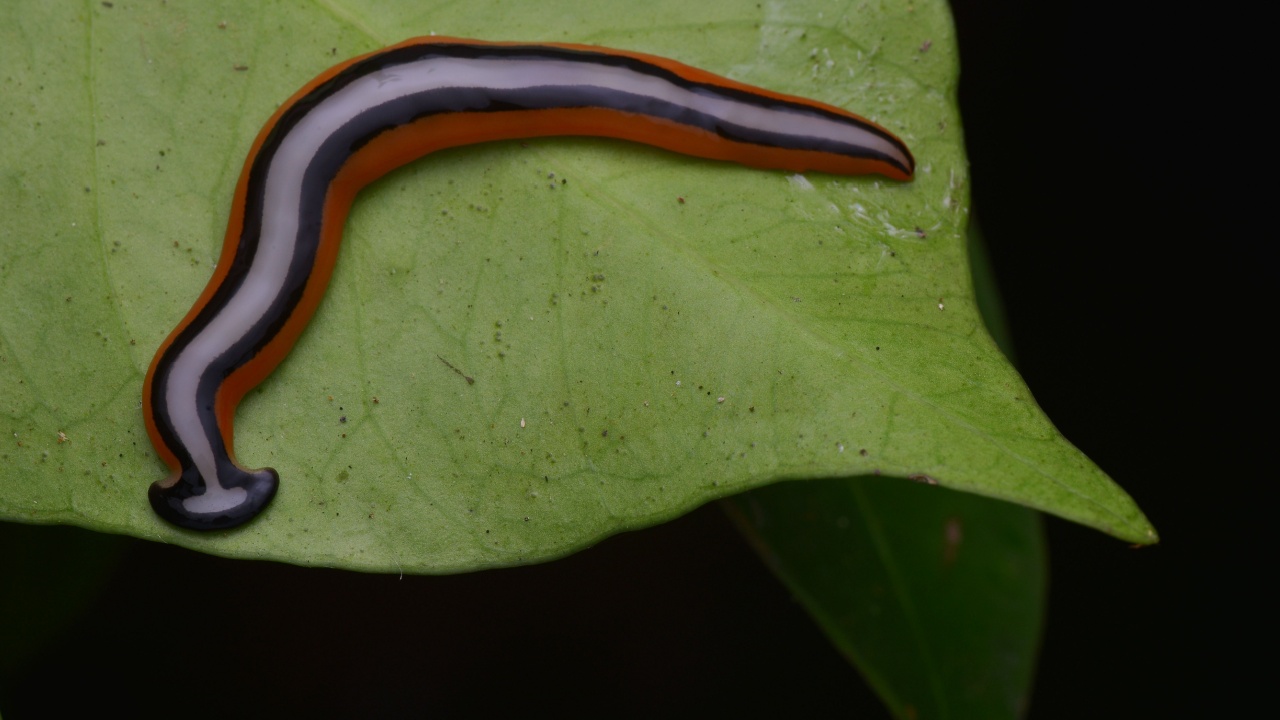
One of the most amazing things about hammerhead worms is their ability to regenerate. If cut into pieces, each piece can regrow into a full worm. This makes them incredibly hard to kill. Even if you chop one into tiny bits, you might end up with many new worms instead of getting rid of one!
They Produce Toxic Slime
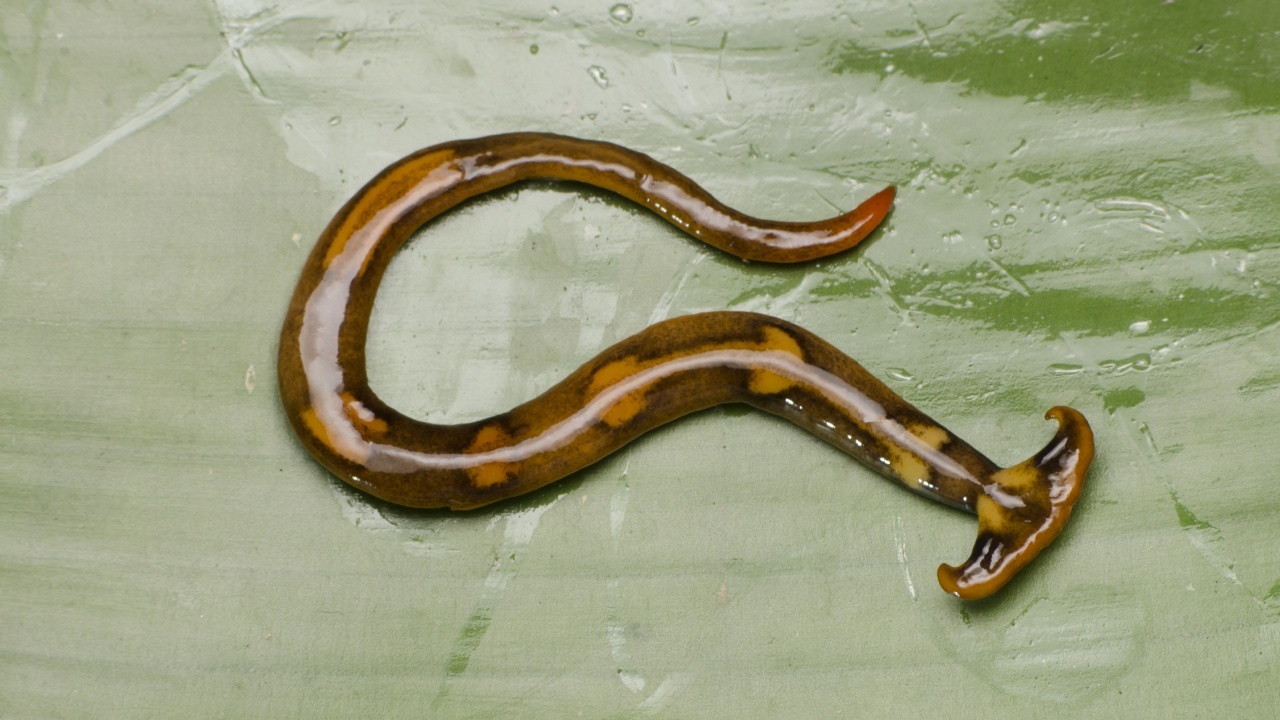
Hammerhead worms secrete a sticky substance that helps them move and catch prey. This slime isn’t just gross – it’s also toxic. It contains tetrodotoxin, the same poison found in pufferfish. While the amount is too small to harm humans, it’s best to avoid touching these worms with bare hands.
They Can Clone Themselves
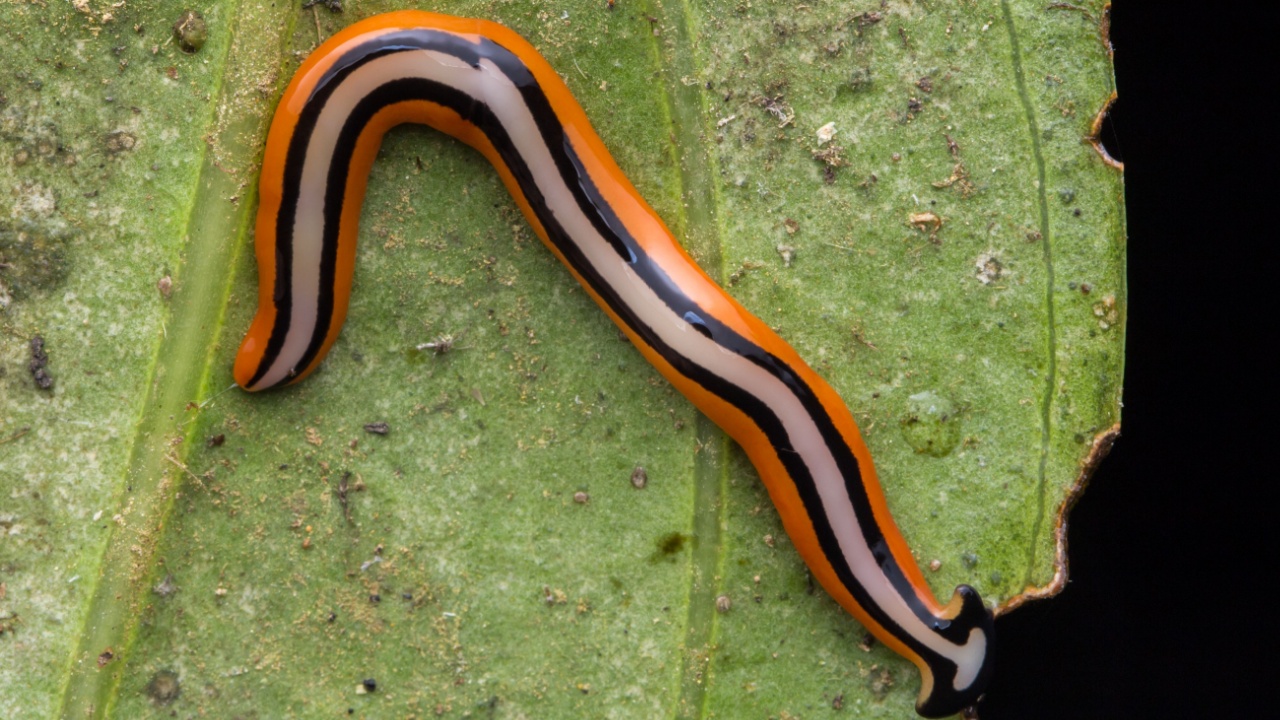
When food is scarce, hammerhead worms can reproduce asexually by splitting in two. The tail end breaks off and grows a new head, while the head end grows a new tail. This ability to clone themselves makes it easy for hammerhead worms to establish new populations in areas they invade.
They Glow Under UV Light
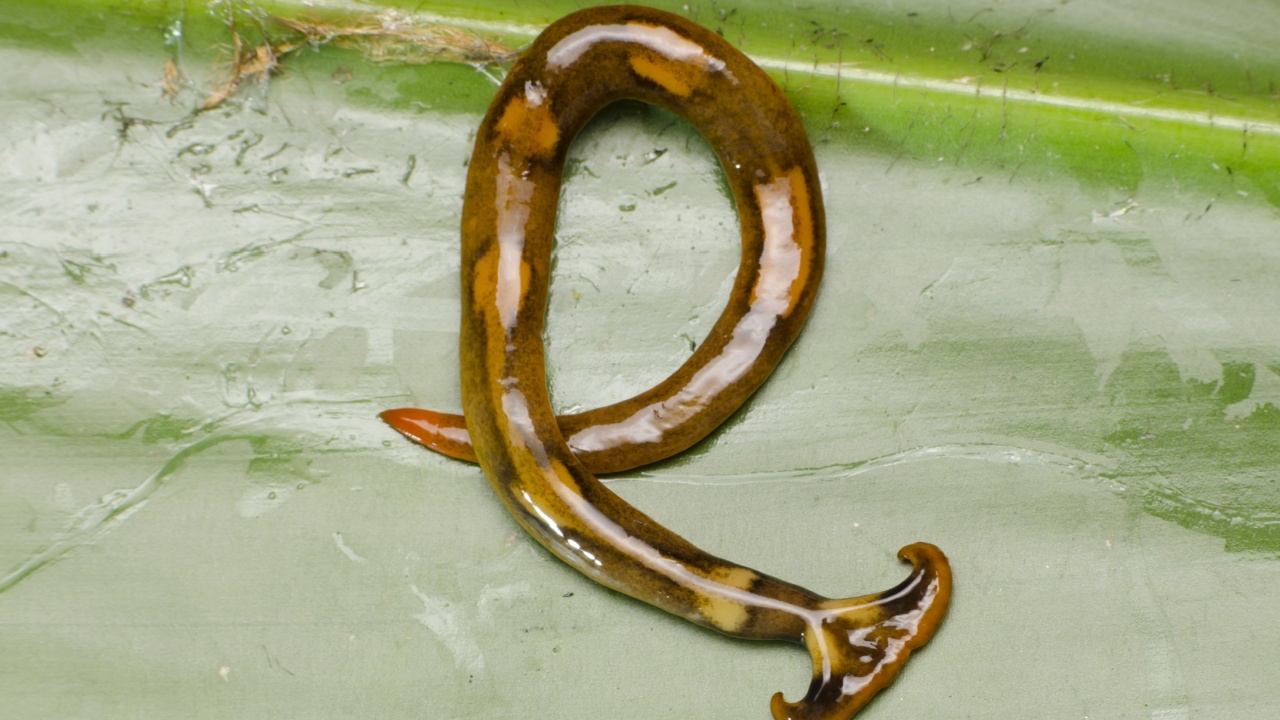
Some species of hammerhead worms have a secret superpower – they glow under ultraviolet light. This phenomenon, called biofluorescence, makes their slime trail visible under UV light. Scientists aren’t sure why these worms have this ability, but it might help them communicate or attract prey.
They’re Bad News for Ecosystems
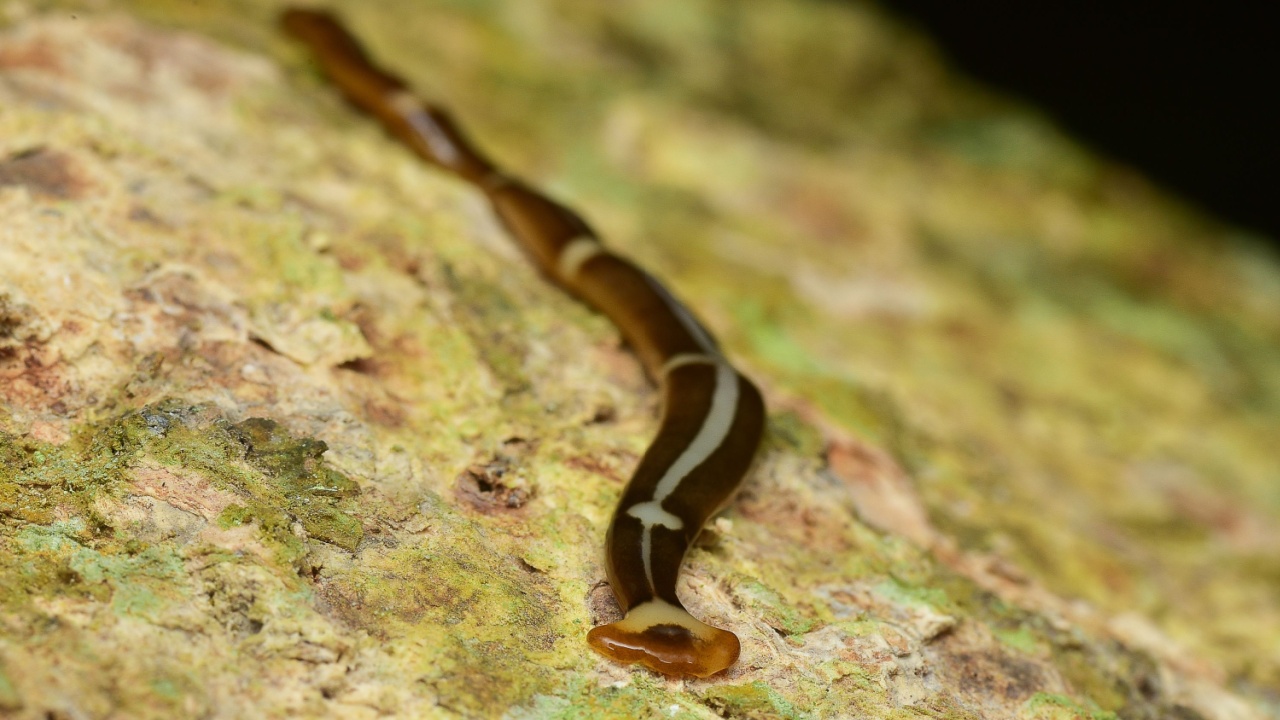
While hammerhead worms might seem cool, they’re actually a big problem for local ecosystems. They prey on beneficial earthworms and other soil organisms that are important for soil health. In areas where they’ve invaded, hammerhead worms can significantly reduce earthworm populations, affecting soil quality and plant growth.
They Can Survive Extreme Conditions
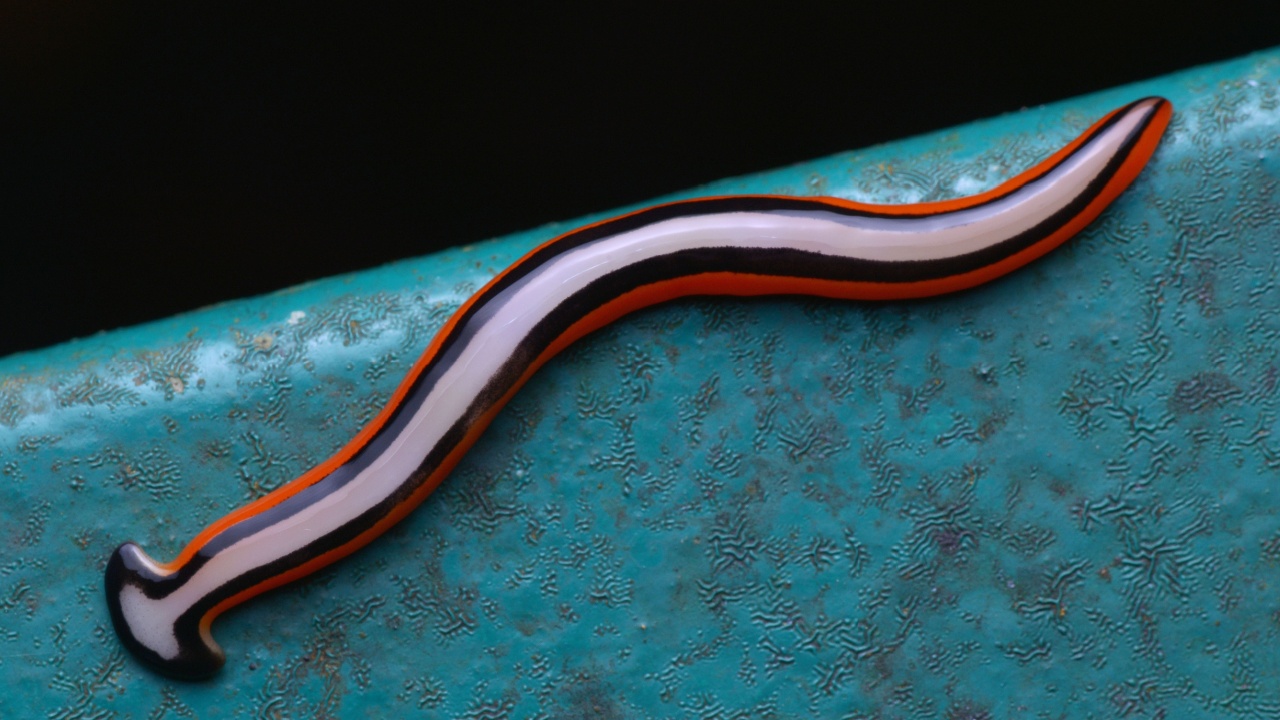
Hammerhead worms are tough creatures. They can survive in a wide range of temperatures and conditions. Some species can even survive being frozen. This hardiness makes them successful invaders and difficult to control. They can thrive in various environments, from tropical areas to temperate regions.
They Have Weird Eating Habits
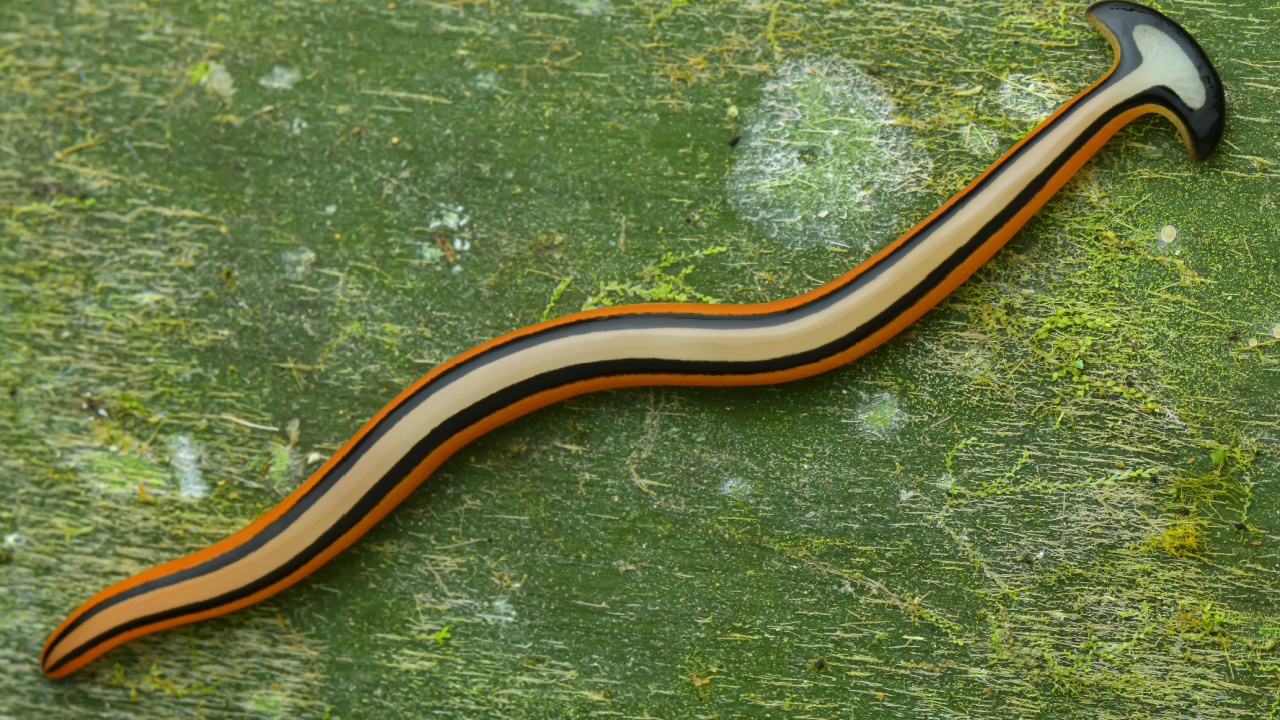
When hammerhead worms eat, they do it in a bizarre way. They extend their pharynx (a tube-like structure) out of their mouth, which is located on their underside. This pharynx secretes digestive enzymes that start breaking down their prey externally. Then, they slurp up the liquefied meal. It’s like drinking your food through a straw!
They’re Hermaphrodites
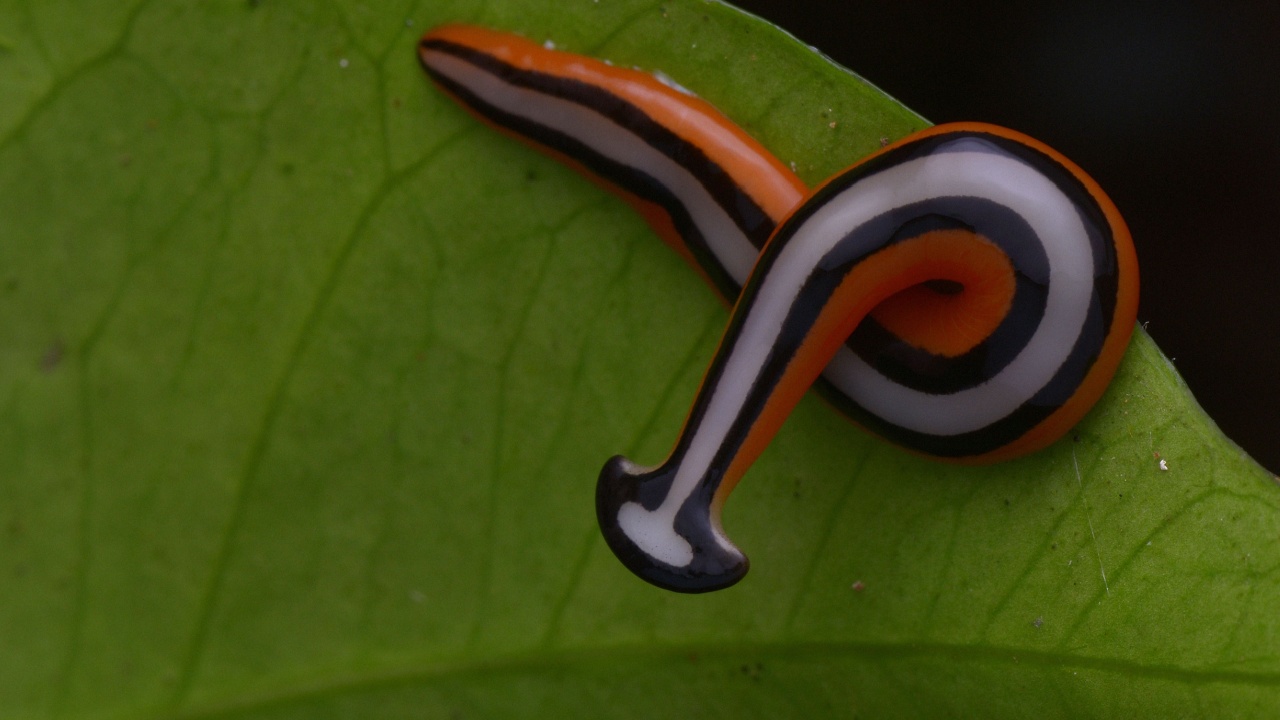
Hammerhead worms are hermaphrodites, meaning each individual has both male and female reproductive organs. When they reproduce sexually, two worms exchange sperm. This ability to be both male and female increases their reproductive potential, making it easier for them to establish new populations in invaded areas.
They’re Hard to Get Rid Of
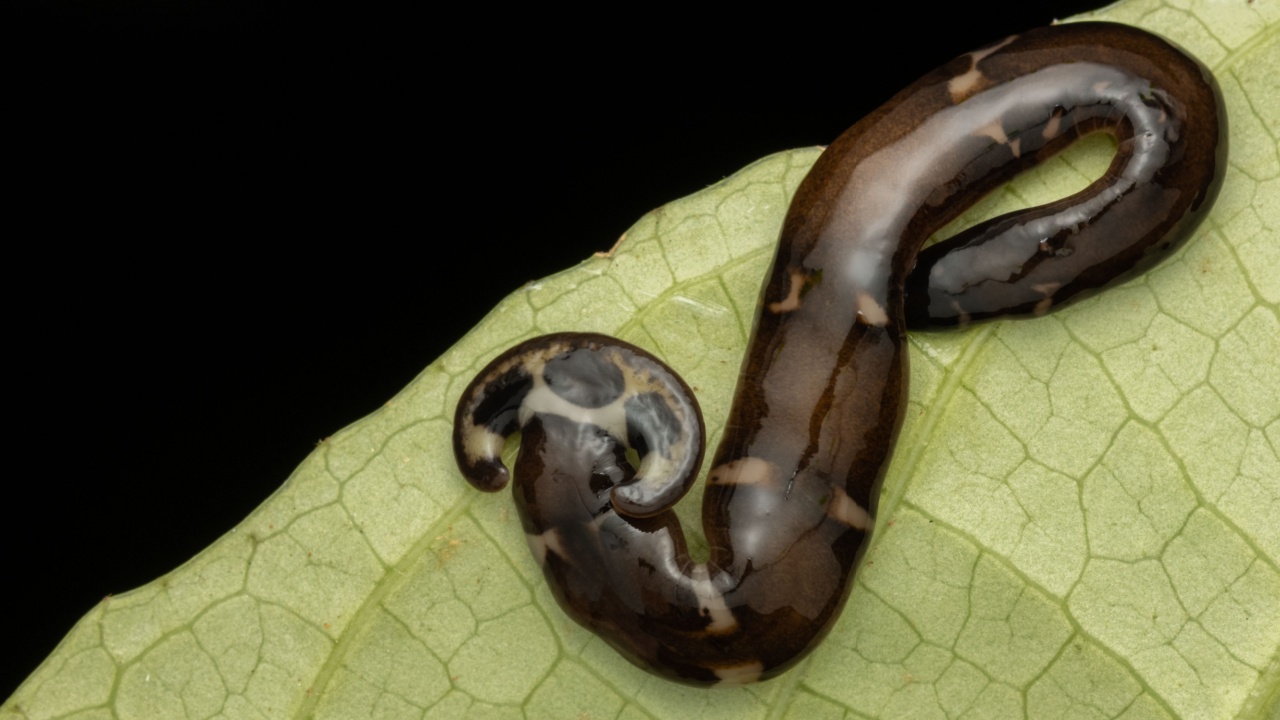
Because of their regenerative abilities and toxic slime, getting rid of hammerhead worms is challenging. Common methods like cutting them up or using salt don’t work well. The best way to dispose of them is to place them in a sealed bag with salt or vinegar, then throw the bag away. Never put them in your compost or garden!
They’ve Been Around for Millions of Years
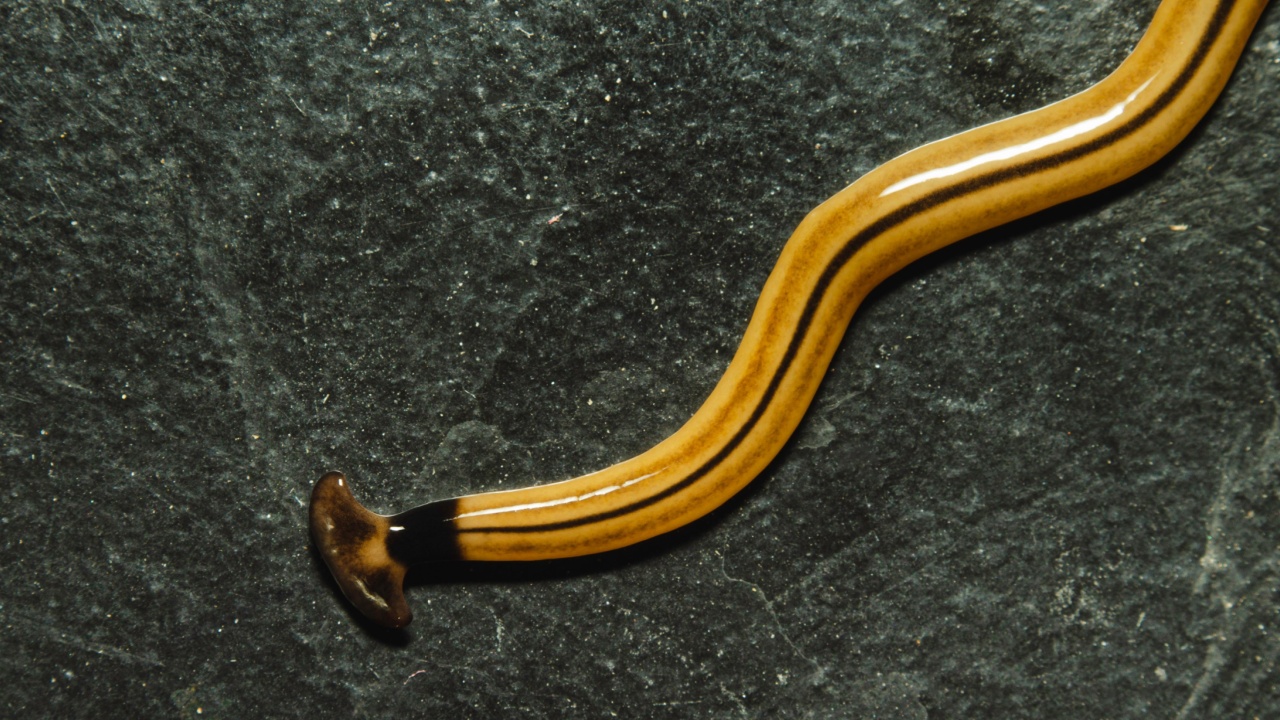
While hammerhead worms might seem like a new threat, they’re actually an ancient group of animals. Fossil evidence suggests that land planarians like hammerhead worms have been around for at least 300 million years. That means they were slithering around long before dinosaurs appeared on Earth!
Becky is a fervent wildlife enthusiast and pet care expert with a diploma in canine nutrition. Her love for animals stretches beyond the domestic, embracing the wild tapestry of global fauna. With over a decade of experience in animal welfare, Becky lends her expertise to OutlandishOwl through insightful articles, captivating wildlife information, and invaluable guidance on pet nutrition. Her work embodies a deep commitment to understanding the intricate lives of animals and a passion for educating others on sustaining natural habitats. Becky's hands-on conservation efforts and her knack for translating complex dietary science into practical pet feeding tips make her an indispensable voice for creatures great and small.

